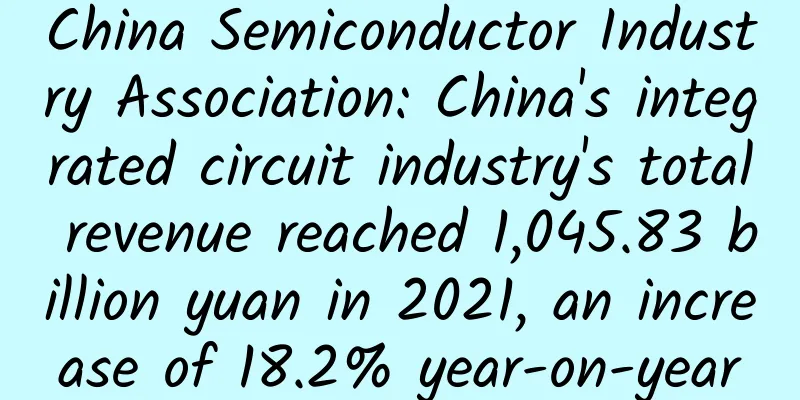An unheard of brand becomes the leader in Indian mobile phones, and Americans are shocked again

|
To be honest, the American media now has a feeling of "the Celestial Empire, all nations come to pay tribute", which is no wonder, because the American Internet is still the center of the world, with Apple, Microsoft, Google, Facebook and other giants, and even has absolute say in the Internet world. However, the rapid rise of Internet forces from China and other places has made American commentators feel deeply pressured, just like Bloomberg complained not long ago that there were too many Asians at CES, so that there were not enough hotels in Las Vegas. However, if we compare population and market capacity, China and India are undoubtedly much better than the United States. First, in the recent quarterly statistics, Xiaomi became the largest smartphone market share in China, which surprised foreign friends. Then in the latest statistics, Indian mobile phone brand Micromax replaced Samsung as the largest manufacturer in India, which once again surprised foreign friends outside India, including me. However, the statistics about Micromax are based on the statistics of Canalys. The agency pointed out that in the fourth quarter of 2014, Micromax's market share in India was 22%, surpassing Samsung's 20%, becoming the leader of Indian smartphones. Samsung disagreed with this, citing GfK's data that Samsung is still the leader in the Indian market with a share of 34.3%. Without discussing who is right or wrong in this group of big discrepancies, the Indian smartphone market is showing a similar pattern to that of China: local brands are relying on the most cost-effective mobile phones to quickly occupy the market share that originally belonged to international brands. (Micromax Canvas Knight phone) Moreover, this is not without signs. Only when Micromax replaces Samsung as the market leader, people will realize that (Indian/Chinese) domestic mobile phones are so strong. As early as 2013, Micromax was constantly narrowing the gap with Samsung, and among the top smartphone brands in India, Indian local Micromax, Karbonn, Lava and international brands formed a trend of competing against each other: (Changes in the share of smartphones in India from Q1 to Q2 2013) Forbes gave this phenomenon a helpless title: "How these unheard-of brands are subverting the Chinese and Indian mobile phone markets." There is a very interesting comparison in the article: The unlocked iPhone 6 starts at $649, which is a little over 1% of the average annual income in the United States of $53,143 (2013 data). In China, it is 10% of the average annual income of the Chinese people, while in India, buying an iPhone 6 will cost them 43% of their average annual income. Strictly speaking, the comparison given by Forbes is not necessarily accurate. First, the price of iPhone 6 in China and India is higher than that in the United States. Second, considering the national conditions of China, India and the United States, the per capita income of China and India reflects very limited problems. After all, the gap between the rich and the poor and regional differences between the Chinese and Indian people are much greater than those in the United States. That's why, in the eyes of people on the other side of the Pacific Ocean, the huge income gap has enabled Micromax and Xiaomi, which are different from Apple and Samsung in their high-priced products, to successfully counterattack in market share. In order to manufacture mobile phones that meet the price expectations of more people, local manufacturers from China and India have reduced costs in various ways, including widely copied online sales and online rush purchases. These manufacturers with huge shipments also attract like-minded partners. Last year, the first batch of Android One partners selected by Google were three local Indian manufacturers Micromax, Karbonn and Spice. The price of these Android One smartphones was as low as 6,399 rupees (105 US dollars) at the time. The main theme of the smartphone industry used to be the battle between Apple and Samsung. Now the situation has changed to that in developed markets, the struggle between Apple and Samsung will continue; in developing markets, it is a Three Kingdoms story of how Apple can consolidate its position, how local brands can make further progress, and how Samsung can make a comeback. |
<<: Microsoft launches the latest preview of Office for Windows 10 (download link included)
>>: Testin Cloud Testing CTO Xu Kun: Service-driven cloud testing
Recommend
up to date! Data rankings of 48 information flow platforms, which channel leads the list?
The traffic rankings of major information flow pl...
SOP for high conversion, traffic generation and promotion courses!
The underlying logic of the traffic-generating co...
[Popular Science of Chinese Military Technology] Why are helicopter engines so different from those of fixed-wing aircraft?
As we all know, the power of aircraft flight come...
Do you have the habit of "washing your butt"? Don't be shy, it's a good habit...
We wash our faces every day, and most people soak...
Xiao Xiao Sha "Logical Structure Thinking Camp"
Logic is the law and the basis of all thinking. D...
Case analysis of advertising in the beauty industry’s WeChat Moments!
There is a popular saying nowadays: Beauty is jus...
Enterprise Weibo operation methods and strategies!
When it comes to corporate Weibo operations , aft...
Technology Fun: Top 10 Weird Technology Solutions of 2014
[51CTO Translation] Cyber telepathy, cooking AI...
Event promotion and operation: Tips on how to increase the success rate of events!
For those of us who are engaged in operations and...
APP promotion: Forums are not a thing of the past, good promotion will definitely have a fan effect!
Forum promotion uses the forum as a medium. Forum...
Huge amount of Qianchuan short video distribution experience!
The author of this article is Luban Optimizer. Lu...
The Wuchang rice you bought may be "fake"!
Did you watch the 3.15 Gala? Stomped pickled cabb...
The colder it gets, the tougher it gets! What material is this?
Audit expert: Luo Huiqian Associate Researcher, I...
What are the functions and advantages of developing a self-service ordering app?
With the development of mobile Internet, many res...
How to place advertisements on Toutiao?
How to place ads on Toutiao? Advertising Process ...









